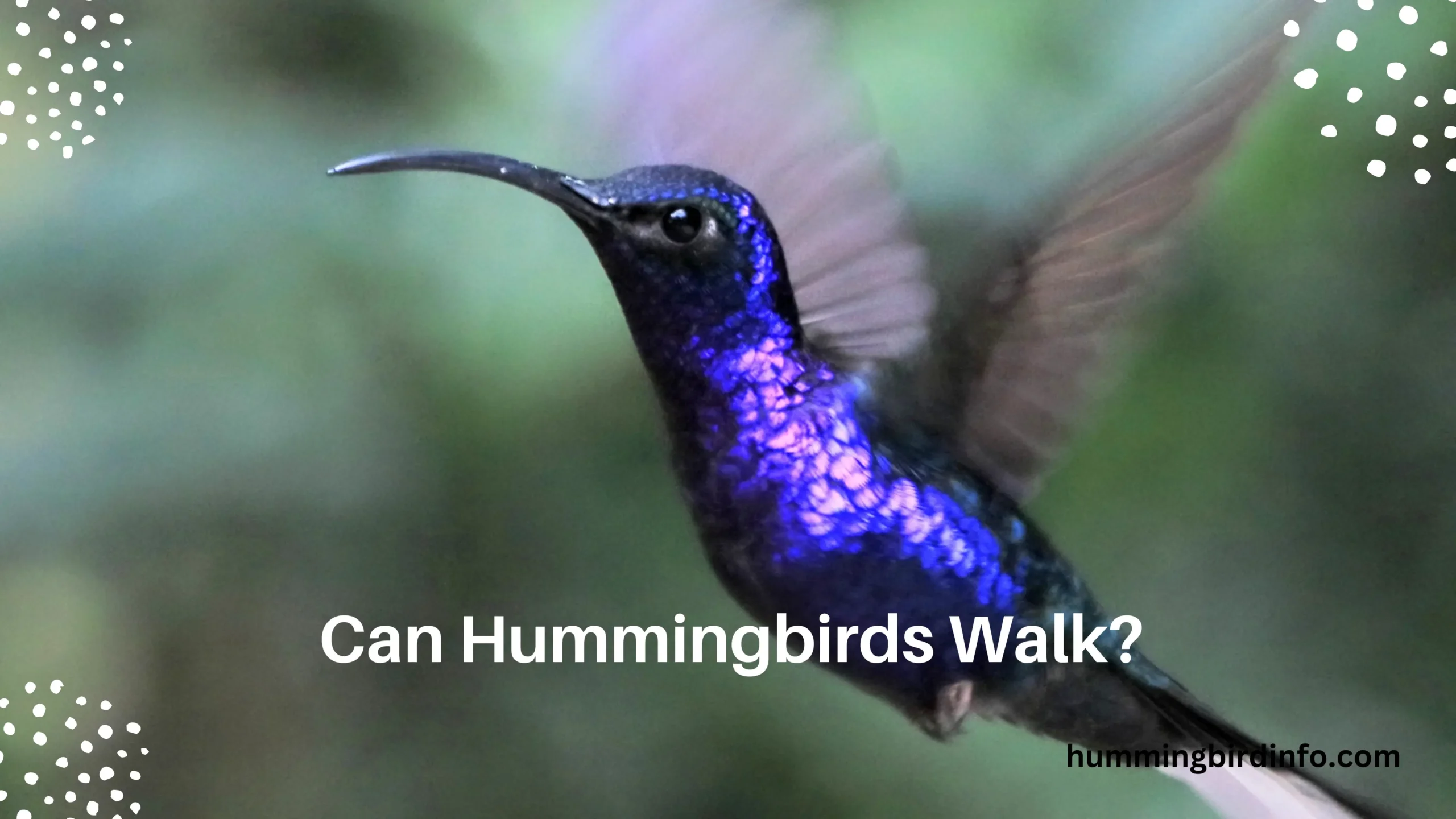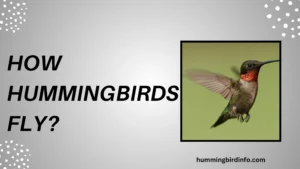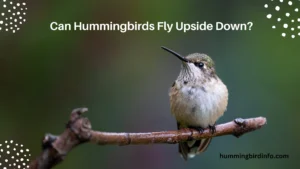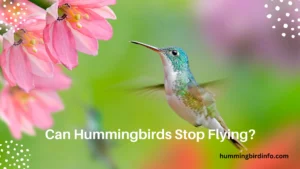Hummingbirds are known for their dazzling colors, rapid wingbeats, and their gravity-defying ability to hover in place. These tiny birds seem to live almost entirely in the air, zooming from flower to flower in a flash. Their bodies are built for precision, speed, and endless movement.
But here’s something that often sparks curiosity — can hummingbirds walk? With all that flying, do their tiny legs even serve a purpose on the ground? Many people assume they can’t walk at all, while others have caught a glimpse of them shuffling awkwardly.
This article dives into the truth behind hummingbird locomotion. We’ll explore how their legs work, what they’re really used for, and why evolution shaped them this way. If you love these feathered acrobats, keep reading — their world on tiny feet is just as fascinating as their flight.
Contents
Hummingbird Feet — Structure and Function
Hummingbirds have anisodactyl feet, meaning three toes face forward and one faces backward. Their legs are short and thin, and their feet are incredibly small compared to their body. This compact structure supports their lightweight, flight-first anatomy.
Their feet are primarily built for perching, not walking. They use their strong claws to grip tightly onto branches, wires, and feeders. This perching ability is essential since they need to rest frequently between bursts of high-energy flight.
Besides perching, their feet are useful for preening feathers and nest building. Female hummingbirds even use them to press and mold their nests. While perched, they can shuffle sideways, but it’s slow and ungraceful.
Hummingbirds don’t have strong leg muscles for walking. Their legs are too short to allow for proper steps or a walking stride. Their center of gravity and body weight are optimized for flying, not terrestrial movement.
In short, their feet do a lot — but walking isn’t one of their talents. Nature designed them to fly, perch, and survive high above the ground, where agility and lightness are more valuable than striding.
How Hummingbirds Move
Hummingbirds are the true acrobats of the sky, using flight for nearly all movement. Their wings allow them to hover in place, dart backwards, and even fly upside-down for short bursts. Flight is their superpower.
When on flat surfaces, hummingbirds can shuffle or scoot sideways. It’s not walking in the usual sense — more of a wobble or slide, sometimes using their wings for balance. It looks clumsy because they’re simply not built for it.
To take off, hummingbirds push off slightly with their feet and launch into the air using wing power. When landing, they gently lower themselves and grip with their strong claws, securing themselves on a perch or feeder.

Their limited walking ability helps with energy efficiency. Every part of their body is engineered to maximize flight performance and reduce unnecessary weight. Even walking muscles would just slow them down.
So, while hummingbirds can’t strut across your deck, they move with purpose and precision in the skies. Their “movement” is a masterclass in aerial design and survival.
Evolutionary Adaptations
Evolution always involves trade-offs — gain one skill, lose another. In the hummingbird’s case, the evolution of incredible flight skills came at the cost of walking ability. Their body traded leg power for wing dominance.
Hummingbirds feed on nectar from deep, narrow flowers, so flight became essential for hovering and maneuvering. They didn’t need to chase prey on foot or forage on the ground — they evolved to excel in midair.
Over time, their bones became lighter, their legs shorter, and their feet adapted just enough for gripping and grooming. The result? A species that’s unmatched in the air, but almost helpless on the ground.
Their ecological niche — feeding while airborne — shaped this specialization. Walking didn’t offer enough benefit to be worth the energy cost of developing bigger legs.
This unique balance of limitations and advantages makes hummingbirds a perfect example of evolutionary design for aerial living.
Comparing Hummingbird Locomotion with Other Birds
Unlike hummingbirds, many birds are great walkers or runners. Ground birds like ostriches, emus, and chickens have strong, muscular legs for covering long distances. Wading birds like herons use their long legs to navigate shallow waters.
Even small songbirds hop efficiently, moving along branches or the ground with ease. Their legs are proportionally longer, and their feet are designed for mobility rather than just perching.
On the other hand, birds like swifts, swallows, and hummingbirds have feet made mostly for perching and clinging. Their feet are adapted to their lifestyle — one that rarely, if ever, involves walking.
Each bird species evolves based on its lifestyle, whether in trees, air, land, or water. Hummingbirds belong to a group where air is the dominant habitat, and walking simply wasn’t needed.
Observing Hummingbird Movement in Different Situations
At feeders, hummingbirds often hover in front of the port, but many perch when comfortable. You might see them slightly shuffle to reposition, especially on crowded feeders or during territorial displays.
On flowers, some species will grip onto stems using their feet, especially if the flower provides a stable spot. Their toes let them maintain balance while feeding, although they usually prefer to stay airborne.
In nests, female hummingbirds stand or move slightly while adjusting eggs or feeding chicks. Their feet allow limited motion for care-taking, but still no real walking.
On rare occasions, hummingbirds may be found on the ground due to injury or exhaustion. In these moments, their movement is slow and awkward — they might scoot or flop but can’t walk away like other birds.
Every place they move, they do so with one goal: to return to the air, their true element. Their lifestyle revolves around it, and their feet are simply there to support that mission.
Conclusion
Hummingbirds are one of nature’s most specialized fliers — and that specialization comes at the cost of walking ability. Their tiny legs and feet are built not for movement across land but for gripping perches and supporting midair lifestyles.
While they may shuffle or scoot, they cannot walk in the way we usually imagine. This limitation is a result of evolutionary design, focused entirely on agility, speed, and survival in the skies.
Understanding how and why hummingbirds move the way they do gives us a deeper appreciation of their unique biology. Next time you see one perched so still, remember: even on their tiny feet, they’re built for flight.
FAQs
1. Can hummingbirds walk like other birds?
No, hummingbirds cannot walk traditionally. They can only shuffle slightly while perched.
2. Do hummingbirds ever go on the ground?
Yes, but only rarely. If they do, it’s usually because of injury, illness, or exhaustion.
3. What do hummingbirds use their feet for?
Their feet are mainly used for perching, preening, and building nests.
4. Why can’t hummingbirds walk?
Their legs are too short and weak, and their muscles are optimized for flight, not ground movement.
5. How do hummingbirds take off from a perch?
They use a slight push from their legs, but most of the lift comes from their powerful wings.
6. Are there other birds that can’t walk?
Yes, birds like swifts and some seabirds also have limited or no walking ability.








